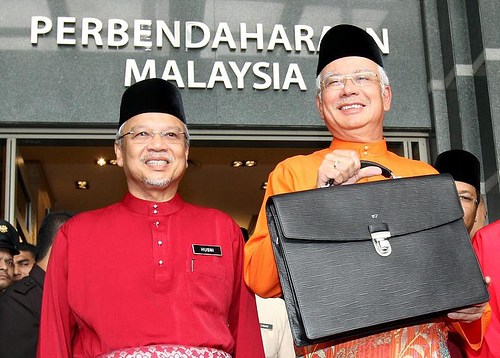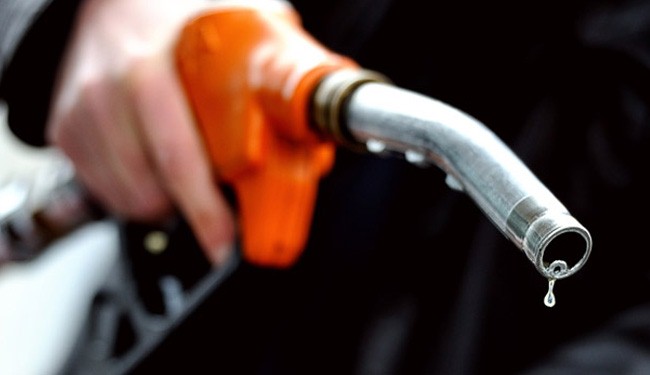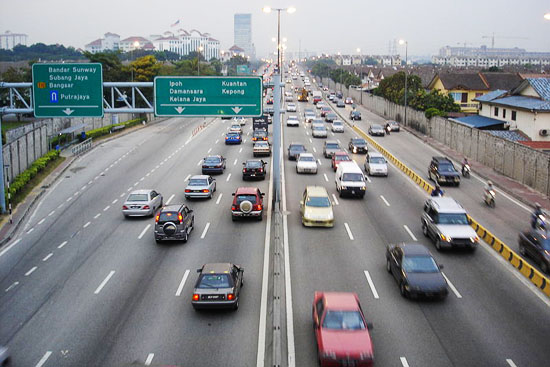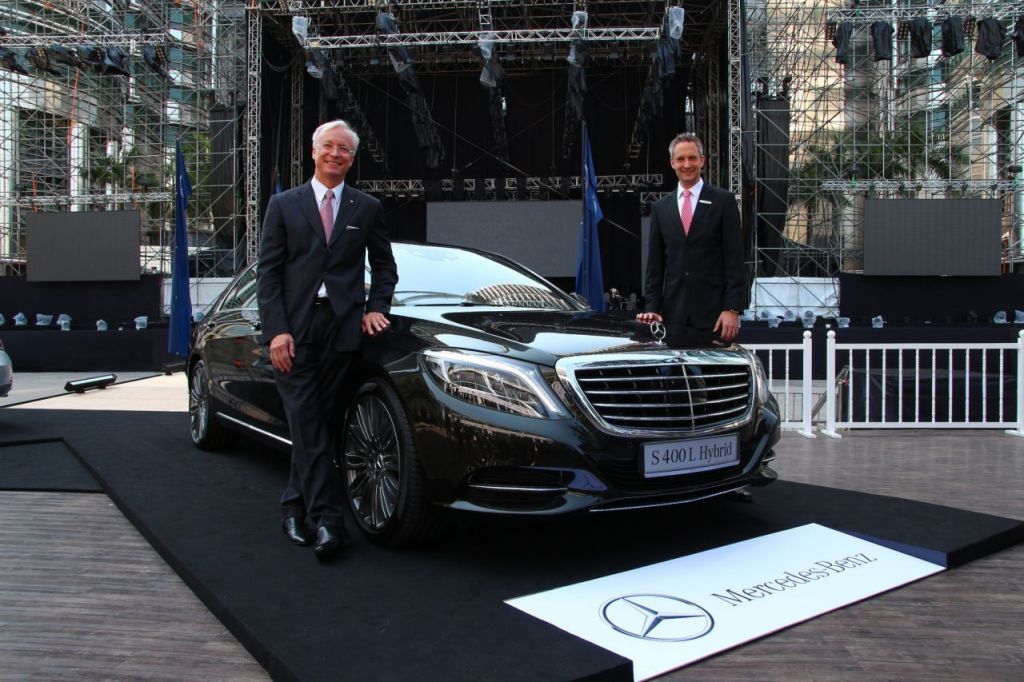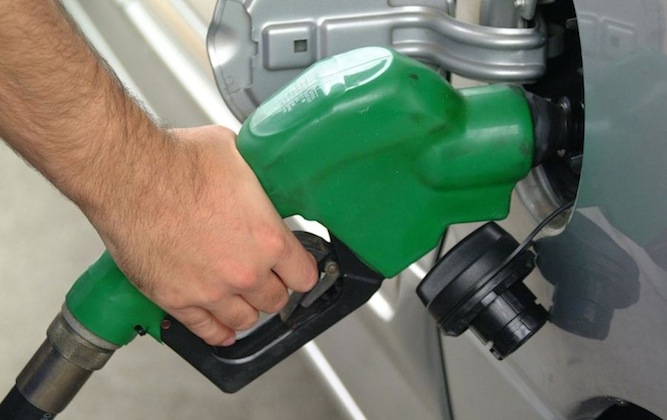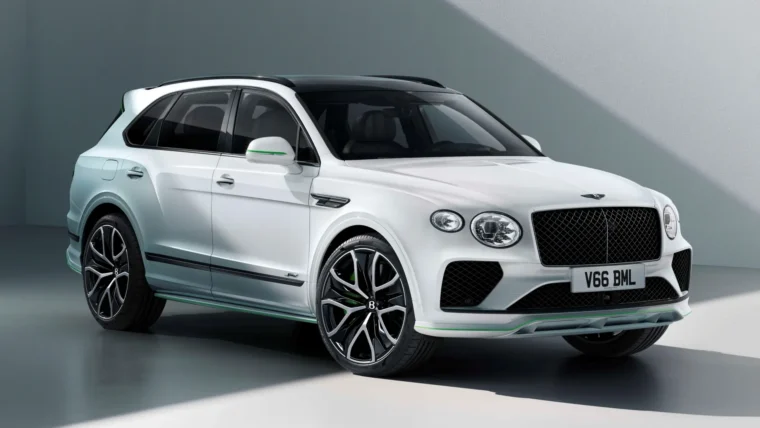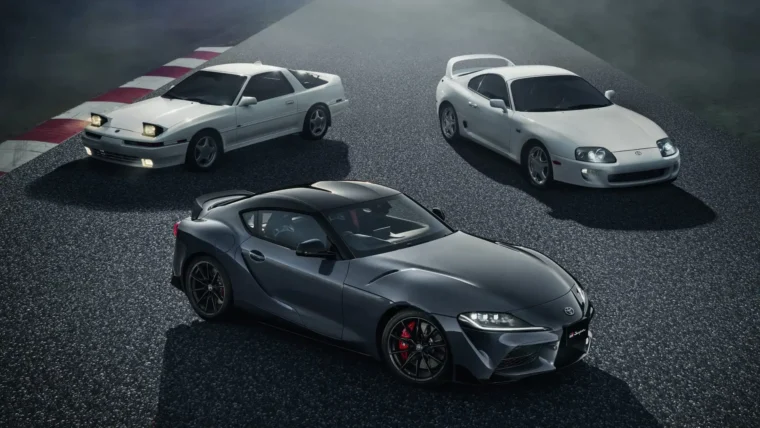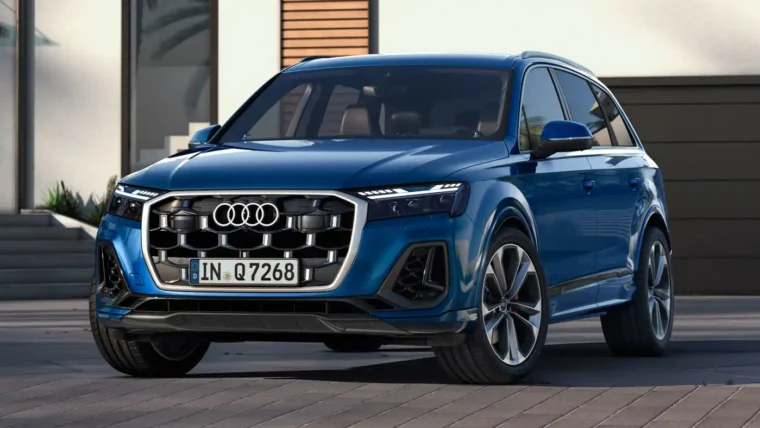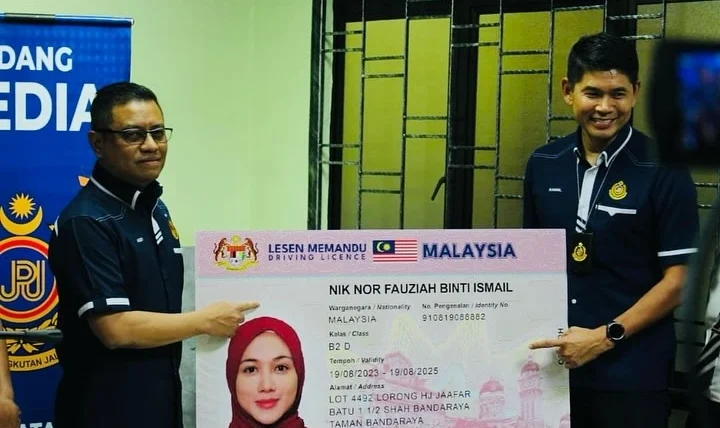The country’s budget for 2015 was announced by the Prime Minister Datuk Seri Najib Tun Razak last Friday. As per every budget announcement, the government introduced various measures to reduce the financial plight of the “rakyat” due to the impending Goods and Services Tax (GST), set to be introduced by April 2015. Here are things that are set to impact us as Malaysian motorists in 2015.
WHAT WE KNOW
1. The biggest news of all was the announcement of no-GST to be imposed on RON95 petrol, diesel and LPG. However, there was no announcement on RON97 petrol; hence it is likely that RON97 will be charged with 6% GST. With that, RON97 currently at RM2.75 based on today’s price, will cost RM2.92 inclusive of the GST.
On another note, the 2015 Budget did announce a list of items exempted from GST, and cars and vehicles are not in that list. Despite that, it may result in cheaper car prices, as the 10% sales tax will be replaced by the 6% from the GST, automotive industry players however, say car prices are unlikely to go down beyond April 2015.
2. More transportation infrastructure will be implemented, such as below:
– A 59-km construction from Sungai Besi to Ulu Klang Expressway (SUKE) (RM5.3 billion)
– A 276-km construction from West Coast Expressway from Taiping to Banting (RM5 billion)
– A 47-km construction from Damansara to Shah Alam Highway (DASH) (RM4.2 billion)
– A 36-km construction from Eastern Klang Valley Expressway (EKVE) (RM1.6 billion)
– A 56-km construction Second MRT Line from Selayang to Putrajaya (RM23 billion)
– Upgrading the East Coast railway line along Gemas to Mentakab, Jerantut to Sungai Yu and Gua Musang to Tumpat (RM150 million)
– LRT 3 Project, which will link Bandar Utama to Shah Alam and Klang – (est RM9 billion)
Three more highways in the Klang Valley are planned, together with two new mass transit projects as well. The two mass transit projects are applaudable as this will widen the usage of public transport among Malaysians in order to reduce their dependence on cars and on a long run, reduce the usage of subsidized fuel. Having said that, Malaysians will need to bear traffic inconveniences for a few years during the construction of such projects.
3. Improvement on the country’s transportation system, such as below:
First: Provide intercity bus services to those residing outside Kuala Lumpur (KL) but who work in KL. The service will be offered with a discounted monthly fare of 30%. For a start, three bus routes will be operational namely the Rawang-KL; Klang-KL and Seremban-KL.
Second: Provide Electric Train Service (ETS) for Ipoh-Butterworth route starting April 2015; and
Third: Upgrade stage bus services in several states through a contracting system with existing bus companies. The programme will be implemented in phases in Kuching, Ipoh, Seremban, Kuala Terengganu and Kangar. Such moves may also encourage Malaysians to ditch their cars to opt for public transportation systems as above, but the question on how effective it is remains to be seen in 2015.
WHAT WE DON’T KNOW
1. No news on the extension of exemption duty for locally assembled hybrid vehicles, which is set to end by 31 December 2015. However with the Mercedes-Benz S 400 L Hybrid that is doing very well and more locally assembled hybrid cars being introduced by 2015 (Honda City/Jazz Hybrid, Toyota Camry Hybrid), there’s very little reason to discontinue this exemption on hybrid cars. Perhaps we will see an extension on Budget 2016, or maybe some update on the NAP next year as well.
2. The government will announce a new mechanism for providing petroleum subsidy, ensuring only those in need will receive a petrol subsidy from the government. The current fuel subsidy bill has taken a toll on the country’s coffers, further increasing the country’s financial depict into dangerous levels. Hence, the blanket level fuel subsidy is not viable as some rich Malaysians and to a certain extent, foreigners are enjoying said fuel subsidy.
While the concept is noble, the question on how it is implemented in a short duration remains a tricky one. We would think the new mechanism should target the poor and the lower- income groups, and not forgetting, the transportation industry as well. As a fuel price hike will usually resort to an increase of prices of basic essentials such as food, providing a fuel subsidy to the ones who transport such items will cushion the price increase impact towards Malaysians.
CONCLUSION:
Despite the relief that the RON95, diesels and LPG being spared from GST, there are still uncertainties that will be faced by Malaysian motorists in 2015; ranging from the fuel price uncertainty, the new fuel subsidy mechanism, the prices of cars, and so on. The cash handouts via “BRIM” in 2015 may help the those in need, although the increasingly pinched middle-class may be at a disadvantage yet again. Until all the benefits can be seen in this country perhaps in five years time, be prepared for a possible rough and bumpy 2015.
[Image Source: The Star, Wikipedia & AF’s Archives]
Other posts by AF Newsdesk


